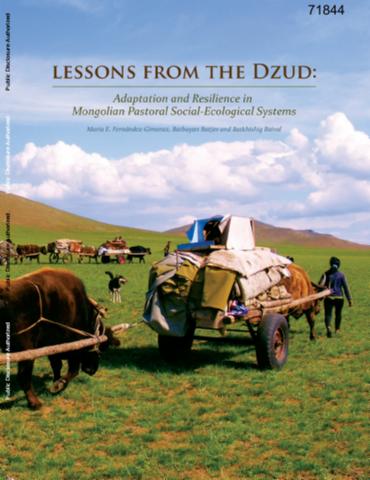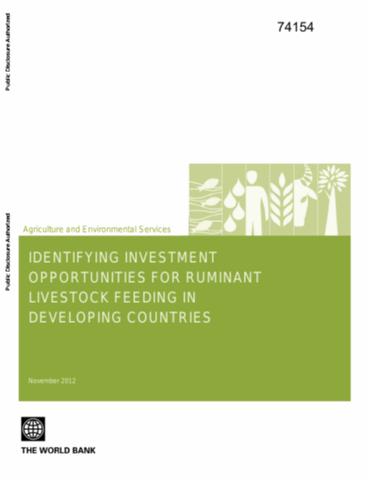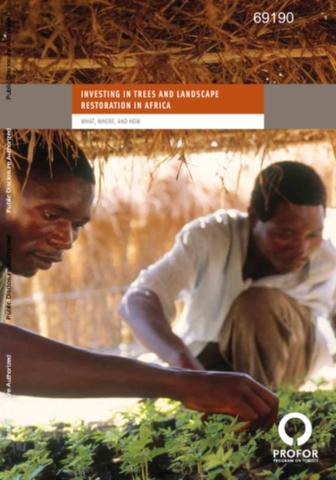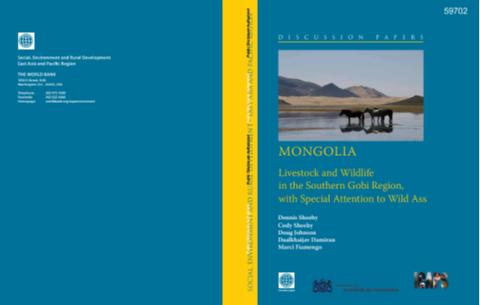Birds, beasts and bovines: three cases of pastoralism and wildlife in the USA
BACKGROUND: Pastoralism in the USA began coincidently with the initiation of profound ecological change resulting from colonization in the sixteenth century. Relationships between pastoralism and wildlife conservation in three different contexts of land tenure, environmental legacy, and geography are examined. RESULTS: On the federal rangelands of the Intermountain West, based on limited scientific information, wildlife policy has been interpreted to require separation of native bighorn sheep from livestock to prevent disease transmission.





